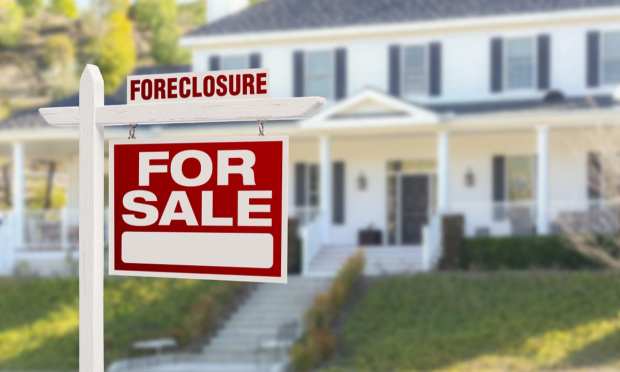CFPB Proposes New Protections For Struggling Mortgage Holders

Under a new set of Consumer Financial Protection Bureau (CFPB) rule changes, avoidable foreclosures would be able to be prevented, according to a press release.
“Due to the COVID-19 pandemic and ensuing economic crisis, millions of families nationwide have suffered the loss of income, and nearly 3 million homeowners are behind on their mortgages,” the release stated.
The new rules would give mortgage holders more time before servicers rushed them into a foreclosure, according to the release.
They would make it so servicers have more options with some new streamlined loan modifications for borrowers with pandemic-related hardships, according to the release. Normally, servicers review borrowers for all available options at once, making borrowers submit more paperwork. But with the new flexibility, servicers could possibly get borrowers into an agreement quicker, and less paperwork would be needed.
That provision would only be available for modifications that don’t increase a borrower’s monthly payment and that extend a loan term by no more than 40 years from the modification’s start date, the release stated.
The new rules would keep borrowers informed of their options, with temporary changes to some required servicer communications, which will help get out key information for borrowers, according to the release.
Foreclosures have been one of the many issues of the pandemic, with millions of people at risk of losing their homes. As of February, the CFPB said in the release that there were almost 3 million Americans facing that issue. There were around 2.1 million in forbearance and at least 90 days delinquent.
With that comes racial inequality, the CFPB noted, with Black and Hispanic homeowners more than two times as likely to be behind on housing payments as of December, the release stated.
A CFPB report from March found that there were around 11 million people at risk of losing housing either through evictions or foreclosure, which adds up to around 10 percent of all U.S. households.
That report said it is “common sense” that safe and affordable housing helps neighborhoods and communities to become stable, and that the lack thereof could force families to make other difficult financial choices like skipping payments on food, medicine and other essentials.
